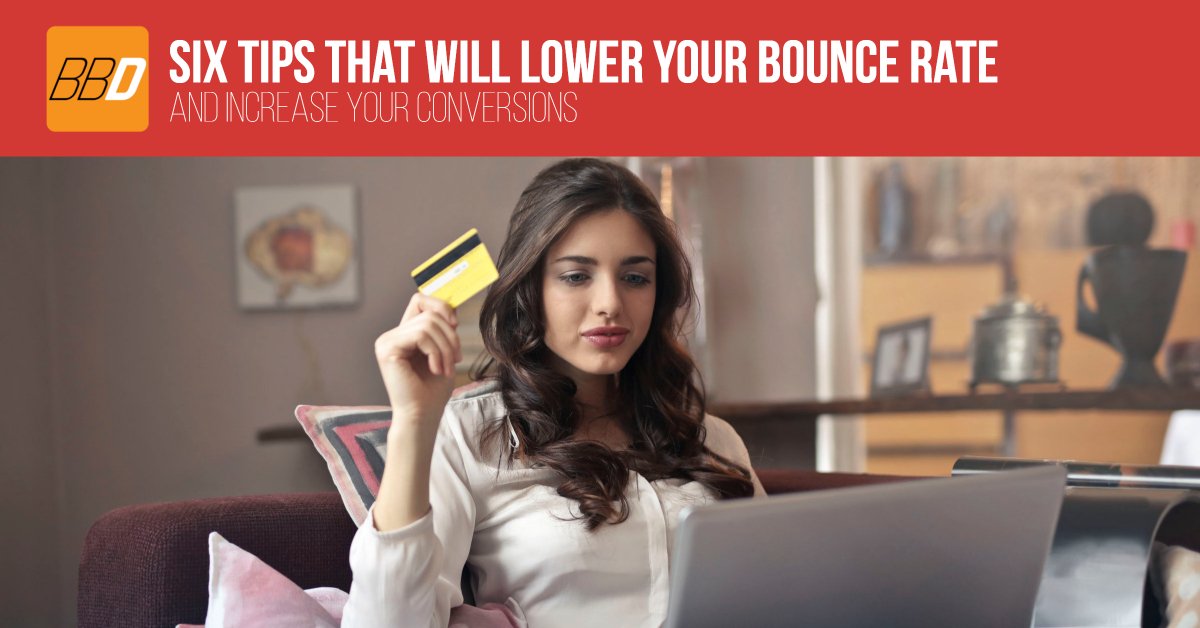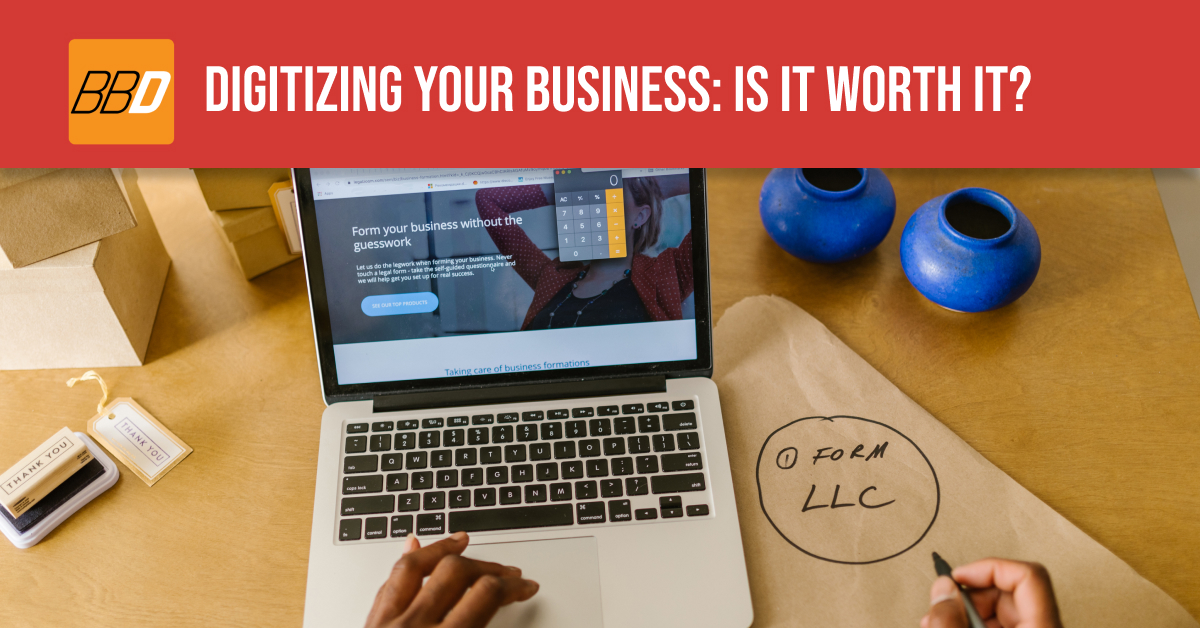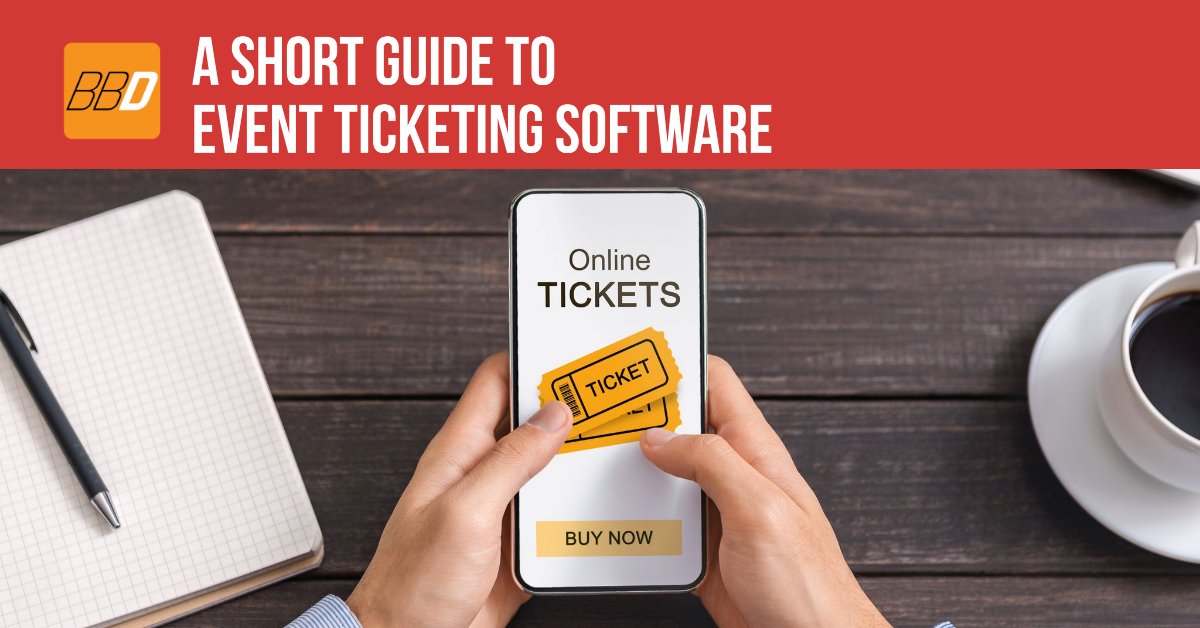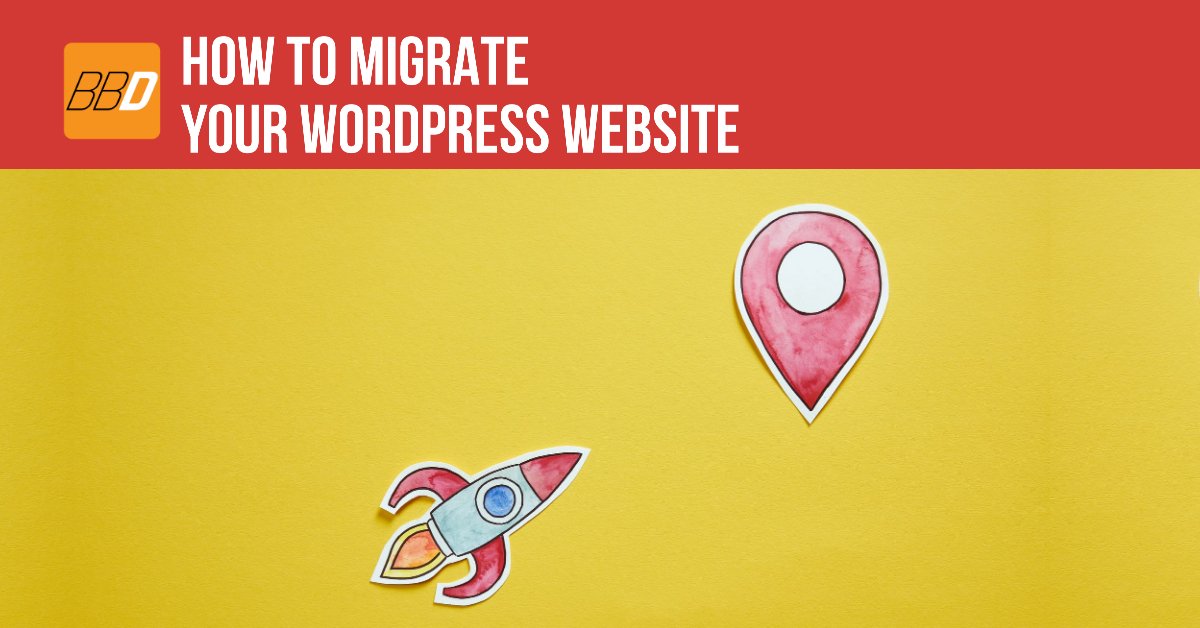An effective website will ultimately lead to conversions. Before you can get to that stage, you need your website visitors to become entranced by your page. They need to arrive on this site, know that it’s for them, and be compelled to dive deeper into it.
When you have a bad bounce rate, it’s a sign something is broken in this process before it even begins. Let’s look closer at what a bounce rate is and what you can do to improve it.
What Is Bounce Rate?
Your bounce rate is one of the few analytics where you want the number to be lower.
A bounce rate is the percentage of users who visit one page of your website without clicking on to any other pages. These visitors popped onto your page and, for reasons we’ll examine below, didn’t care enough to go further.
Ideally, you want as many users as possible to become enticed by what they find on the entrance page so they will click around, learn more about your website, become familiar with more of your content, and become customers or repeat readers. Having a low bounce rate is a sign of an effective entrance page and a website that works well for you.
How To Lower Your Bounce Rate
To improve your bounce rate, you need to look at having a website that entices your users and also how they are getting to your page. A low bounce rate is a sign that you are targeting the right audience and that your website has a pleasant user experience.
1. Make Your Pages Load Fast
Speed is so important. It’s so important that Google will rank pages higher that load faster. Users expect web pages to load in two seconds or less. If your site is slower than that, users will exit and move on to the next site.
You can use our free page speed checker to see how your page is doing.
2. Create External Links That Open in New Windows
This way your site is still open in their browser and they haven’t left your page. External links create value, but let’s still keep the user on your page as well.
3. Improve Your Page Readability
If the content on your entrance page is in one huge block, many readers will glance down at it and decide not to bother. Users scan pages when they first load to see if anything catches their eye. If something appeals to them, they’ll dig in and read more thoroughly. For scannability, use short paragraphs, bullet points, and bold keywords.
4. Work On Your Call to Action
Is your call to action (CTA) compelling? Creating a call to action that motivates your users is all about the details. Something as simple as changing the font in your CTA can improve your bounce rate. Test different wording, test bolding keywords in your CTA, test different fonts, and test the placement of your CTA on the page.
5. Have a Beautifully Designed Site
Is your design working for you, or against you? Something as simple as a color scheme your users aren’t finding attractive can impact your bounce rate. Your web design should load fast, look great on mobile, have an appeal color scheme, and function well for your users. Take a look at our website templates for some great ideas.
6. Target Your Right Audience
Are you attracting the right visitors? Sometimes it is tempting to simply bring in every visitor you can, so you cast a wide net. This looks like using keywords that are only slightly relevant to your website, or only very broad, high-level keywords. Instead, work on narrowing down to your high-value keywords that will bring in the right visitors for your business. This will lead to a lower bounce rate and a higher conversion rate.







